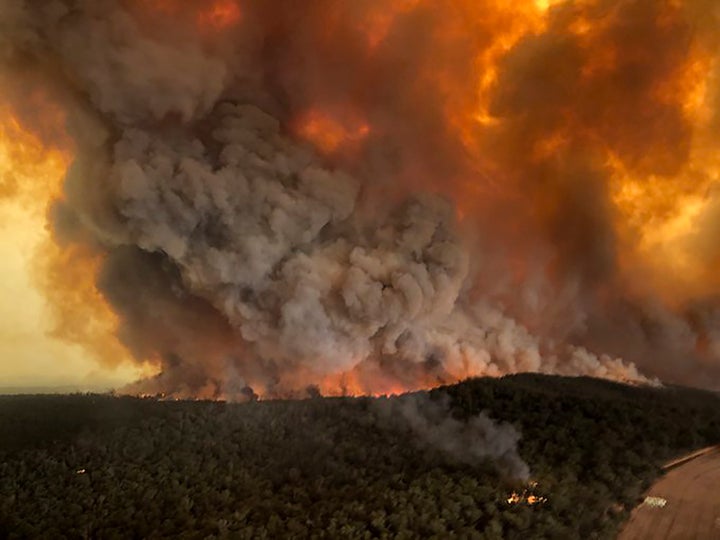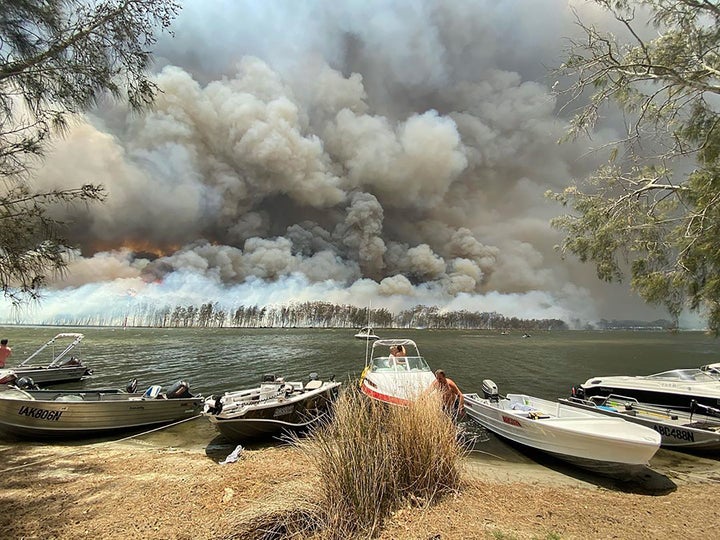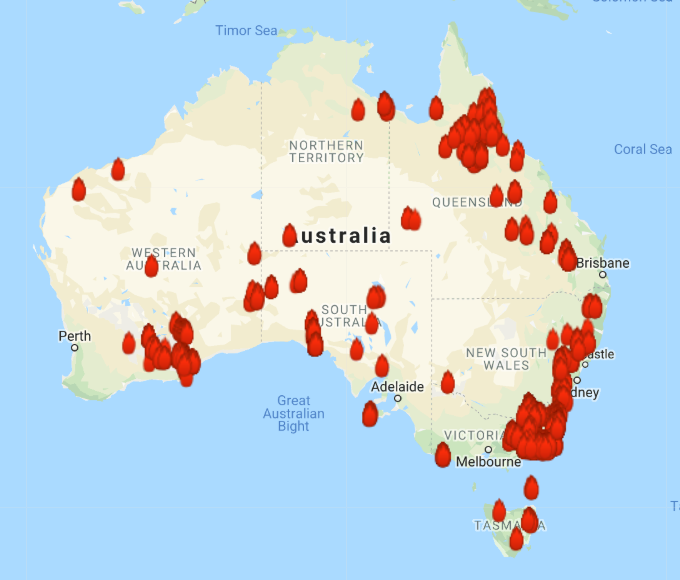Tourists in Australia’s New South Wales are being ordered to evacuate the state’s South Coast region before this weekend as the country battles more than 200 wildfires that have killed at least 17 people.
Heavy winds mixed with dry temperatures are expected to create an “extreme fire danger” for NSW’s South Coast by Saturday. In advance of the conditions, a 155-mile “tourist leave zone,” stretching from Batemans Bay to NSW’s border with Victoria, has been put in place, local officials said Thursday.
A seven-day state of emergency will also go into effect on Friday for the southeastern state, NSW Premier Gladys Berejiklian said Thursday. It’s the third time that such an emergency has been declared for NSW in the past two months.

“We don’t take these decisions lightly, but we also want to make sure we’re taking every single precaution to be prepared for what could be a horrible day on Saturday,” said Berejiklian, who described the current fire season as “the most devastating bushfire season in living memory.”
NSW Rural Fire Commissioner Shane Fitzsimmons, who on Wednesday presented a medal to the young son of one of two firefighters killed while responding to the blazes last month, cautioned that conditions are expected to only get worse.
“There’s going to be some real challenges and some very real risks associated with what’s being forecast and predicted,” he said at a press conference Thursday.

Fitzsimmons said his agency has run various simulations to help predict the wildfires’ spread. In those simulations, “those fires spread at what we call the absolute worst-case scenario, which typically is not what happens when it plays out in the ground.”
“The worst-case scenario means that a lot of the areas in that southeast quadrant of the state have the potential to be impacted and impacted very heavily with the conditions that are forecast on Saturday,” he said.
Fires along Victoria’s northeastern border are also likely to spread northward, he said.

The extreme fires follow Australia experiencing its driest spring on record and then its hottest day on record last month, when average high temperatures reached a sweltering 107.4 degrees on Dec. 17.
Ecologists at the University of Sydney have estimated that 480 million mammals, birds and reptiles have perished in the current fires. Australia’s federal Environment Minister Sussan Ley on Friday said that up to 30% of koalas in New South Wales may have been wiped out.
Calling all HuffPost superfans!
Sign up for membership to become a founding member and help shape HuffPost’s next chapter
Credit: Source link